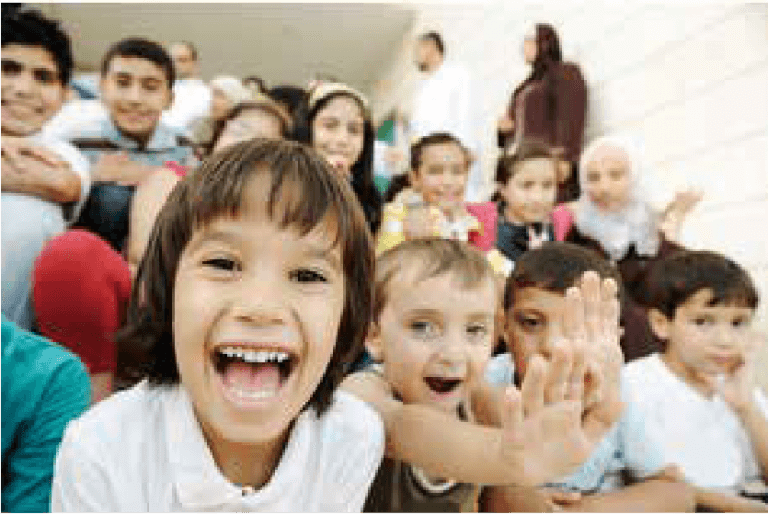Module 1
Children and Youth in Canada - The Context of their Lives

Children and youth make up a substantial portion of the Canadian population. They are a very diverse group – not only with regards to their culture, ethnicity, family structure, experiences – but also with regards to their living conditions and opportunities. There are numerous factors shaping the experiences of children and youth in Canada. In this module you will find population and demographic data describing who the children and youth are and where they live. As well, this module contains facts and figures presenting the diverse backgrounds of children and youth in Canada, their family life, economic security, education and health outcomes.
Section 1
The Children and Youth of Canada
Children and youth make up a significant part of the entire population and understanding their distribution and composition is important. This section presents the changing demographics of Canada’s children and youth including the growing Aboriginal population.
1.1 The Number of Children and Youth in Canada
1.2 Aboriginal Children and Youth in Canada
1.3 Urban and Rural Composition
1.4 Language
1.4.16
Proportion of the Canadian population (all ages), by language spoken most often at home, 20061.5 Families Immigrating to Canada
1.6 Children and Families from Visible Minority groups
1.7 Religion
Section 2
Family Life
Family life in Canada is diverse. While the majority of children and youth live with two-parents, the structure of the family unit has changed over time. Family life and employment of family members has an impact on housing, food security and basic determinants of healthy child development. This section presents data on the structure of the family, an overview of living arrangements and the impact of work on family life.
2.1 Family Structure
2.2 Work and Family
2.2.12
Unemployment rateSection 3
Health Outcomes
Most children and youth in Canada live healthy lives, but some children and youth experience negative health outcomes. This section highlights causes of death, hospitalizations, injuries, disability, mental health, environmental health and lifestyle impacts; all areas pertaining to the health outcomes of Canadian children and youth.
3.1 Hospitalizations
3.2 Death
3.3 Unintentional Injury
3.4 Disability
3.5 Infant death
3.5.11
Infant death rates3.6 Self-perceived Health
3.7 Environmental Health
3.8 Mental Health
3.9 Healthy Active Living
Section 4
Economic Inequities
This section presents an overview of the familial economic and employment situation across Canada. The percentage of Canadian children and youth living in poverty has decreased in recent decades, yet there are still many living in low-income households.
4.2 Income
4.4 Household Expenditures
Section 5
International Comparisons
It is important to look at how Canadian children and youth are doing compared to children and youth in other countries around the world. Comparisons help determine what Canada needs to do better regarding children’s health and well-being.
5.1 Economic Security
5.2 Gender Inequities
5.3 Deaths
5.3.4
Infant death rates, 20125.4 Reproductive Health
5.5 Health Issues
5.6 Education
asdfasdfasdf
